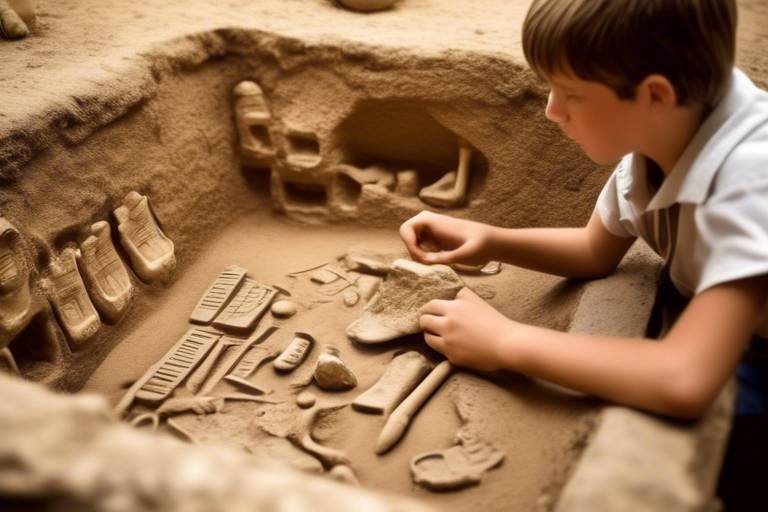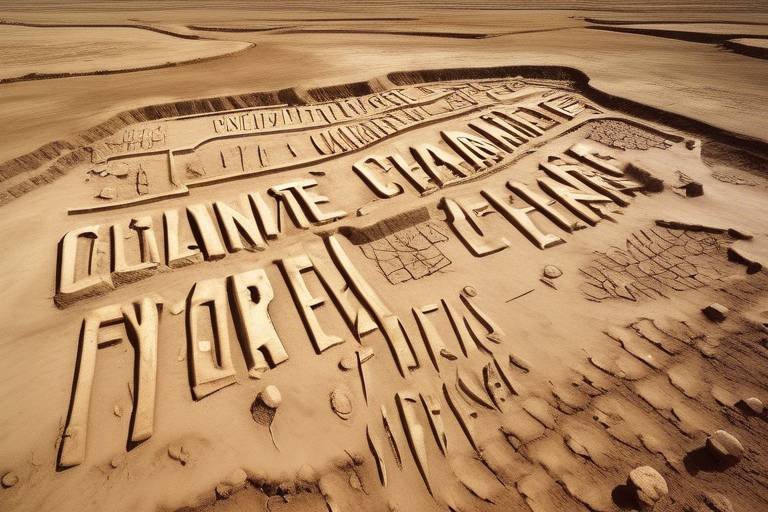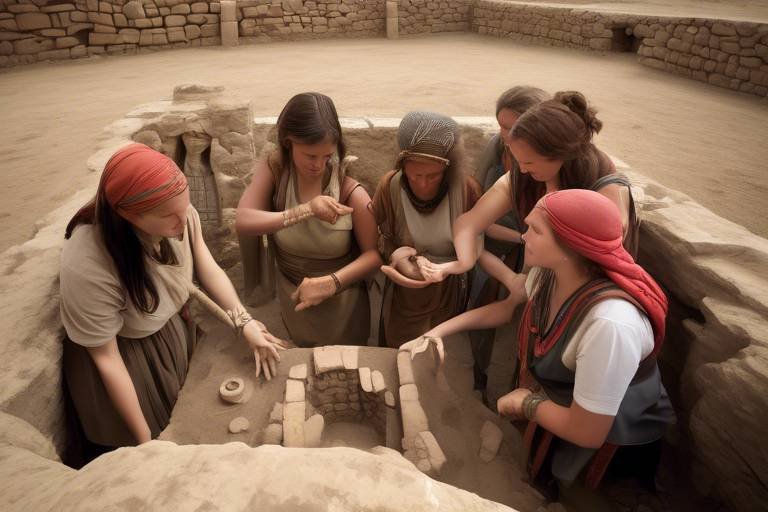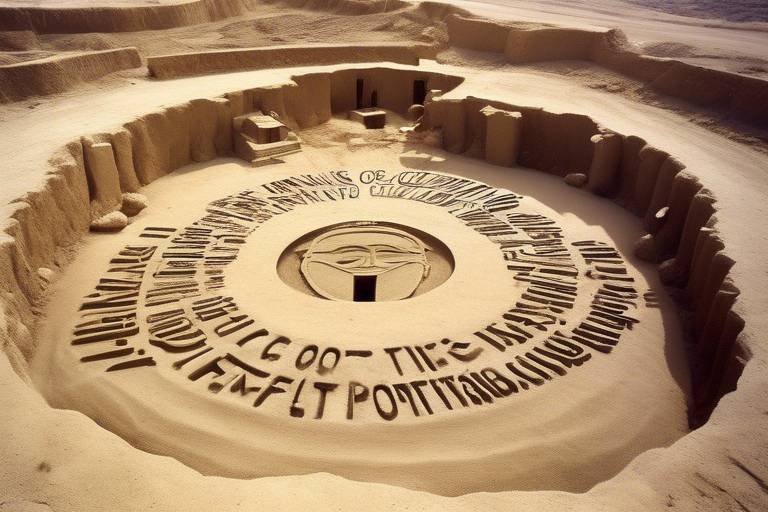Ownership of Artifacts - Who Gets to Keep History?
When it comes to the ownership of artifacts, a complex web of legal, ethical, and cultural considerations intertwines to determine who ultimately holds the keys to history. The question of who gets to keep history is not merely a matter of possession but a reflection of broader societal values and responsibilities.
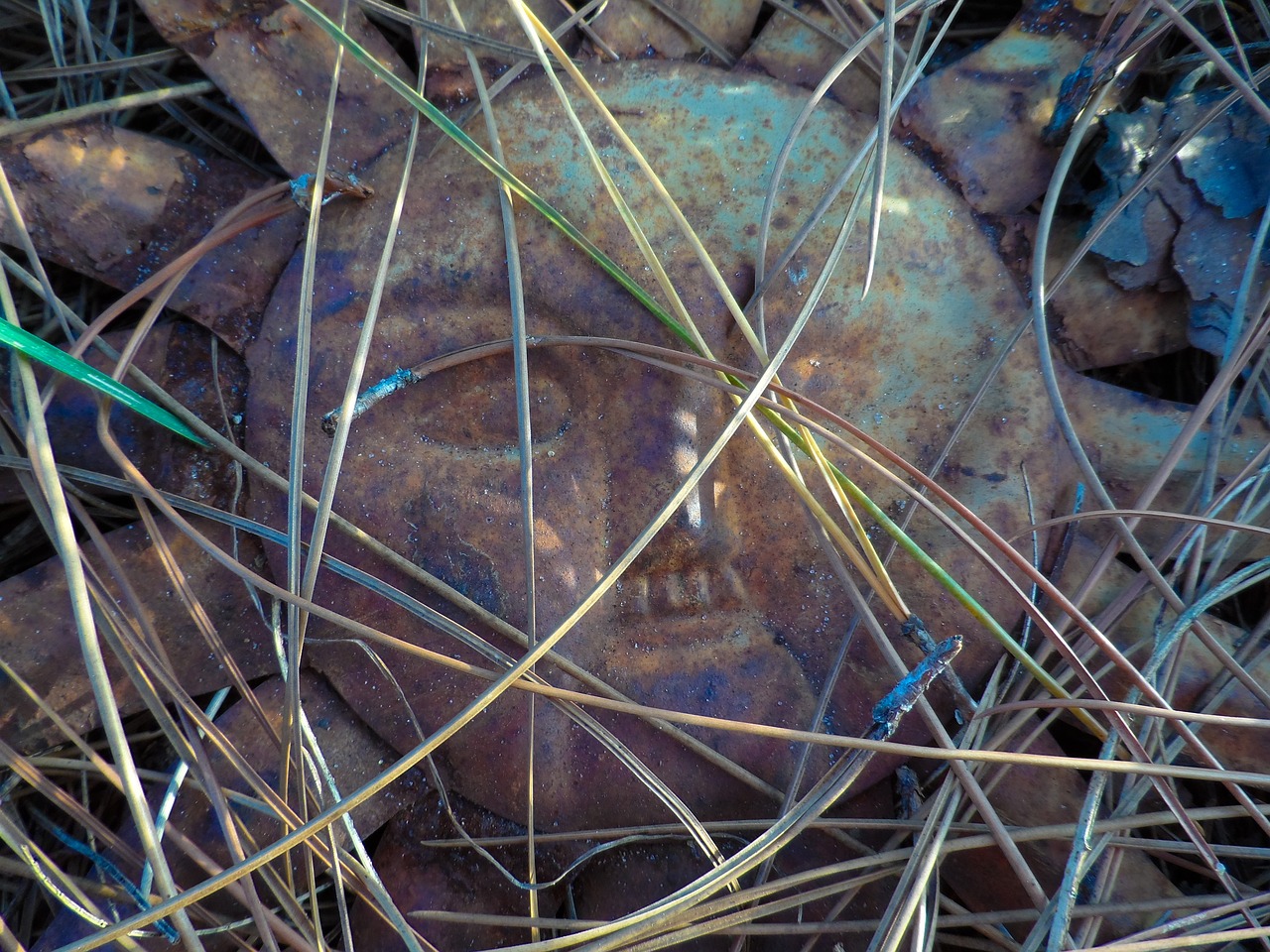
Legal Frameworks for Artifact Ownership
When it comes to the ownership of historical artifacts, navigating the legal frameworks can be a complex journey. Various laws and regulations govern the acquisition, possession, and transfer of these cultural treasures, both at the international and national levels. International conventions such as the UNESCO Convention on the Means of Prohibiting and Preventing the Illicit Import, Export and Transfer of Ownership of Cultural Property play a crucial role in setting standards for artifact ownership across borders. On a national scale, countries have their own legislations that outline the rules and procedures for the ownership and trade of historical artifacts.
One of the key aspects of these legal frameworks is the concept of provenance, which refers to the documented history of an artifact's ownership. Provenance plays a vital role in determining the legitimacy of ownership and is often used to trace the origins of an artifact to prevent the trafficking of looted or stolen pieces. Additionally, laws regarding cultural heritage protection aim to safeguard artifacts from illicit trade and ensure their preservation for future generations.
Moreover, the legal frameworks surrounding artifact ownership also address issues of restitution and repatriation, especially concerning artifacts that were unlawfully acquired or removed from their places of origin. The debate on repatriation has gained momentum in recent years, with calls for the return of cultural heritage items to their rightful communities sparking discussions on justice and historical accountability.
Overall, understanding the legal frameworks for artifact ownership is essential in promoting ethical practices and ensuring the preservation of cultural heritage for the benefit of all.

Ethical Considerations in Artifact Ownership
When it comes to the ownership of historical artifacts, ethical considerations play a crucial role in determining who has the right to possess and display these culturally significant objects. The debate over artifact ownership raises important questions about the responsibilities of custodians and the ethical implications of collecting and displaying items of historical and cultural value.
One of the key ethical dilemmas in artifact ownership revolves around the concept of cultural heritage preservation. How do we balance the desire to share and educate the public about our past with the need to respect the cultural significance of these artifacts? Museums and institutions often grapple with these questions as they navigate the complexities of artifact ownership and display.
Furthermore, the issue of repatriation adds another layer of ethical complexity to the debate. Should artifacts that were taken from their places of origin during times of colonialism or conflict be returned to their rightful owners? The ethical considerations surrounding repatriation involve questions of justice, restitution, and acknowledging the historical injustices that have occurred.
Additionally, ethical collectors and institutions must consider the provenance of artifacts in their possession. Provenance refers to the documented history of an artifact, including information about its origin, ownership history, and any transfers of possession. Ensuring that artifacts have a clear and transparent provenance is essential in ethical artifact ownership practices.
Ultimately, ethical considerations in artifact ownership require us to reflect on the broader implications of our actions as custodians of history. By engaging in thoughtful and responsible practices, we can contribute to the preservation and respectful display of cultural heritage for future generations to appreciate and learn from.

Cultural Heritage Preservation
Preserving cultural heritage is like safeguarding a time capsule filled with the stories and traditions of our ancestors. It is a sacred duty to ensure that these artifacts, whether ancient relics or modern masterpieces, are protected for future generations to appreciate and learn from. Museums and institutions play a crucial role in this preservation effort, acting as the guardians of our shared history. Through meticulous curation and conservation practices, they ensure that these treasures remain intact and accessible to all who seek to unravel the mysteries of the past.
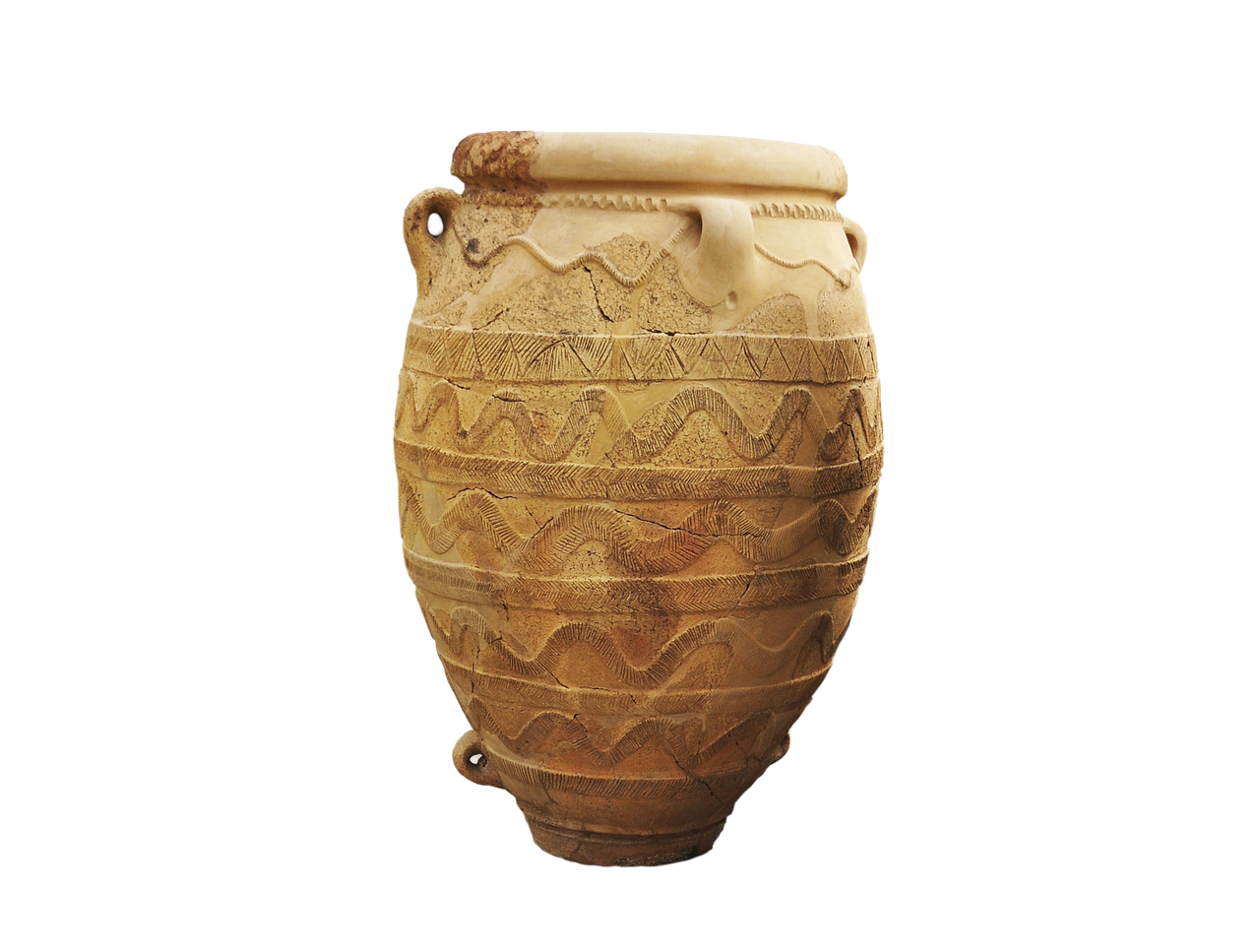
Contested Ownership Claims
Contested ownership claims over historical artifacts often spark heated debates and legal battles, shedding light on the complexities of determining rightful ownership. One prominent example is the case of the Elgin Marbles, ancient Greek sculptures that were removed from the Parthenon in the early 19th century by Lord Elgin and are now housed in the British Museum. Greece has long contested the ownership of these artifacts, arguing for their repatriation to their place of origin.
Similarly, the issue of looted artifacts from colonial contexts raises questions about rightful ownership and the ethical implications of retaining these objects in Western institutions. The debate over the Benin Bronzes, looted during the British Punitive Expedition of 1897, exemplifies the challenges of reconciling historical injustices with present-day ownership claims.
Resolving contested ownership claims requires a delicate balance between legal frameworks, ethical considerations, and historical context. International conventions such as the UNESCO Convention on the Means of Prohibiting and Preventing the Illicit Import, Export and Transfer of Ownership of Cultural Property play a crucial role in addressing disputes over cultural heritage objects.
Moreover, the involvement of auction houses and private collectors in the trade of contested artifacts adds another layer of complexity to ownership claims. The provenance of an artifact, documenting its history of ownership and transfer, is often a key factor in determining its rightful owner and resolving ownership disputes.
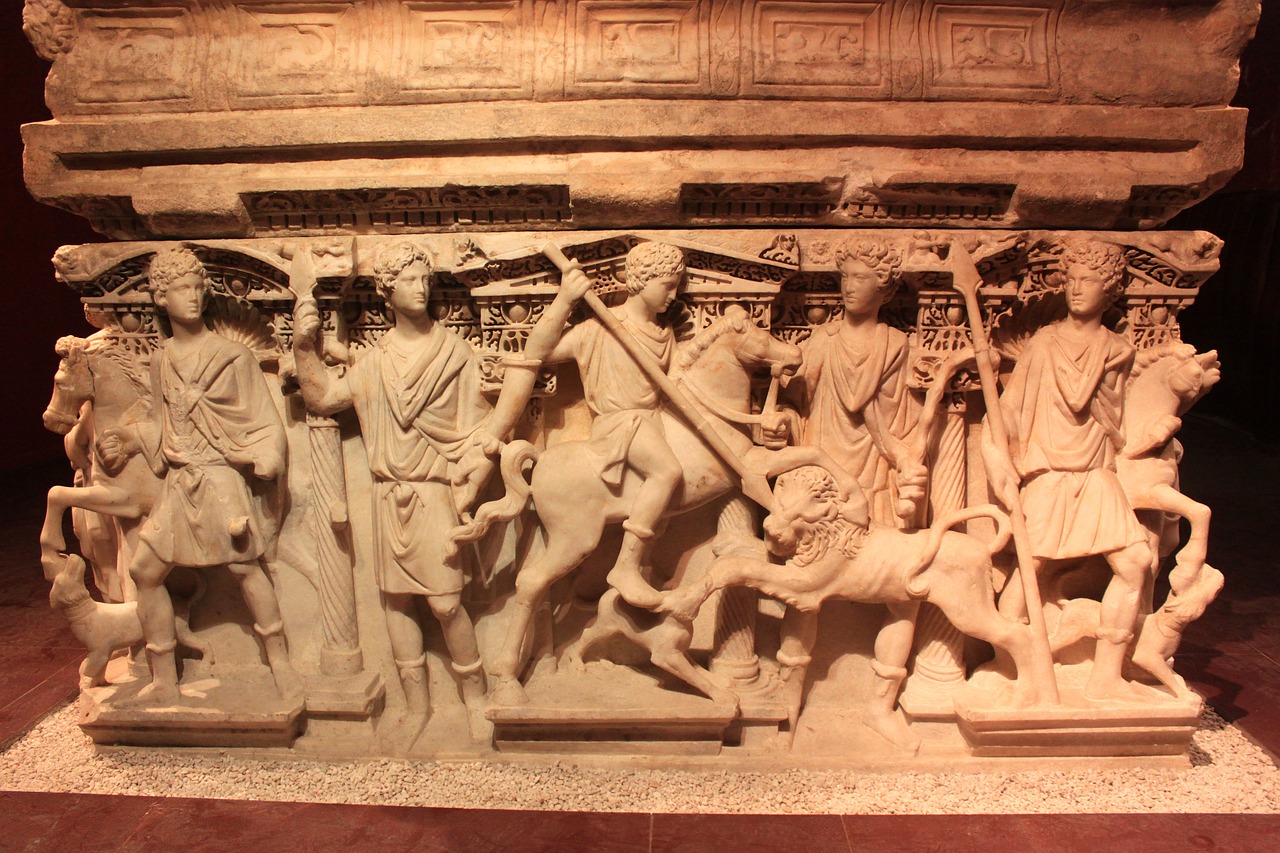
Colonial Legacies and Repatriation
Colonial Legacies and Repatriation are deeply intertwined with the history of artifact ownership, shedding light on the lasting impacts of colonialism on cultural heritage. The legacy of colonial powers acquiring and often looting artifacts from their colonies has sparked intense debates on the rightful ownership of these treasures. Many countries that were once colonized have been advocating for the repatriation of their cultural artifacts, viewing them as symbols of their identity and heritage that were wrongfully taken away.
The issue of repatriation raises complex questions about restitution and justice, challenging the traditional narratives of museum collections filled with artifacts from around the world. Museums in former colonial powers are facing increasing pressure to confront their colonial pasts and address the ethical implications of holding onto looted treasures. The demand for repatriation reflects a growing recognition of the need to rectify historical injustices and restore agency to communities whose cultural heritage was exploited.
Furthermore, the debate over colonial legacies and repatriation extends beyond legal and ethical considerations to encompass broader discussions on cultural diplomacy and reconciliation. Returning looted artifacts to their countries of origin is not merely a transfer of ownership but a symbolic gesture of acknowledging past wrongs and fostering mutual understanding between nations. It represents a step towards healing historical wounds and promoting cultural exchange based on respect and cooperation.

Private Collectors and Museums
Private collectors and museums play pivotal roles in the realm of artifact ownership, each with distinct motivations and responsibilities. Private collectors are often driven by a passion for history and a desire to possess rare and valuable artifacts, sometimes viewing them as investments or status symbols. On the other hand, museums function as custodians of cultural heritage, aiming to educate the public and preserve artifacts for future generations.
Private collectors have the freedom to acquire artifacts through various means, including auctions, dealers, and private sales. Their collections are typically housed in private residences or specialized galleries, limiting public access to these cultural treasures. In contrast, museums operate with a mission to promote public access and engagement with artifacts, often displaying them in curated exhibitions that provide historical context and educational value.
While private collectors have the autonomy to buy and sell artifacts based on personal preferences and market trends, museums adhere to ethical guidelines and professional standards in acquiring and exhibiting artifacts. Museums are expected to conduct thorough provenance research to ensure the legitimacy of their collections and to comply with international conventions and national laws governing artifact ownership and repatriation.
Despite their divergent approaches, private collectors and museums share a common goal of preserving cultural heritage for posterity. Both play essential roles in safeguarding artifacts from damage, theft, and illicit trade, contributing to the collective memory and identity of societies worldwide. The symbiotic relationship between private collectors and museums underscores the complex ecosystem of artifact ownership, where passion, preservation, and public access intersect.
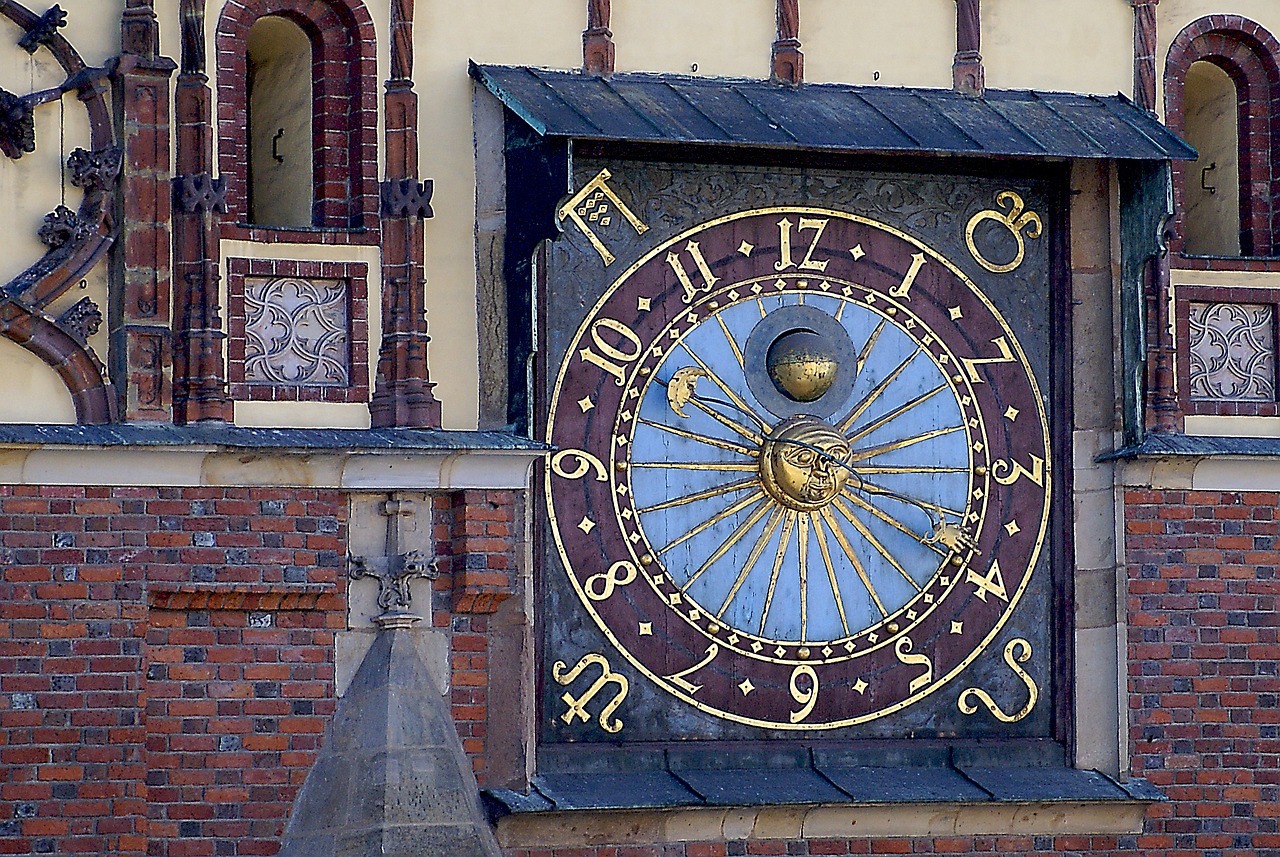
Market Forces and Artifact Ownership
When it comes to the intricate world of artifact ownership, one cannot overlook the powerful influence of market forces on the fate of historical treasures. The intersection of commerce and cultural heritage raises complex questions about the value we place on artifacts and the ethical implications of their trade. Market forces drive the demand for artifacts, shaping their ownership dynamics and influencing decisions on acquisition and display.
Artifacts, once revered for their historical and cultural significance, can become commodities in the global marketplace, subject to the whims of collectors and investors. The commercialization of artifacts can lead to their commodification, where their value is determined more by market trends than by their intrinsic worth. This shift in perception can have far-reaching consequences for artifact ownership, blurring the lines between preservation and profit.
Moreover, the art market's insatiable appetite for rare and valuable artifacts can fuel illicit activities such as looting and trafficking, further complicating the ethical landscape of artifact ownership. The lure of financial gain can incentivize individuals to engage in unethical practices, jeopardizing the integrity of historical collections and undermining efforts to protect cultural heritage.
Regulating the trade in historical artifacts poses a significant challenge, as the boundaries between legitimate and illicit transactions can be ambiguous. The lack of transparency in the art market and the prevalence of illicit trade networks make it difficult to trace the provenance of artifacts, raising concerns about their authenticity and legal ownership status.
As we navigate the complex interplay of market forces and artifact ownership, it is crucial to strike a balance between promoting cultural exchange and safeguarding the integrity of historical collections. By raising awareness about the ethical considerations involved in artifact acquisition and trade, we can work towards a more responsible and sustainable approach to preserving our shared cultural heritage.
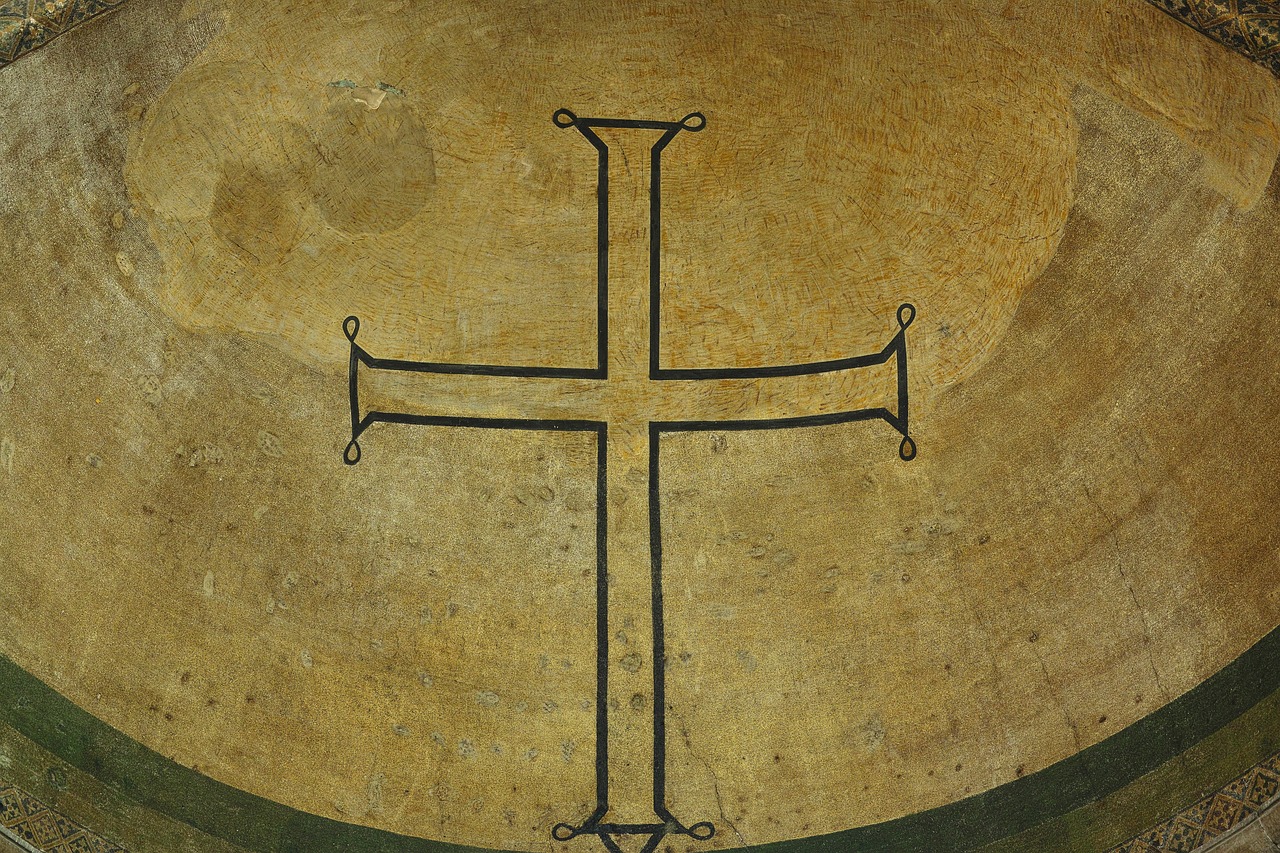
Future Trends in Artifact Ownership
In the ever-evolving landscape of artifact ownership, the future holds intriguing possibilities and challenges. As society becomes more conscious of the significance of cultural heritage, a shift towards greater transparency and accountability in the acquisition and display of artifacts is expected. With advancements in technology, the ability to trace the provenance of historical objects is becoming more accessible, leading to a heightened awareness of the ethical considerations surrounding artifact ownership.
Moreover, the growing emphasis on sustainability and ethical practices across industries is likely to influence the way artifacts are collected, traded, and displayed. As concerns about looting and illicit trafficking persist, there is a rising demand for stricter regulations and ethical standards in the art market. This trend is expected to shape the future of artifact ownership, promoting responsible stewardship of cultural treasures for generations to come.
Frequently Asked Questions
- Who has the right to own historical artifacts?
Ownership of historical artifacts is determined by a combination of legal frameworks, ethical considerations, and cultural heritage preservation principles. In general, individuals, museums, private collectors, and institutions can own historical artifacts, but specific regulations and guidelines may apply based on the artifact's origin and historical significance.
- What are the ethical dilemmas surrounding artifact ownership?
The ethical dilemmas in artifact ownership often revolve around issues of provenance, cultural heritage preservation, and the impact of colonial legacies. Questions of rightful ownership, repatriation to original communities, and responsible custodianship are central to the debate on how to ethically manage historical artifacts.
- How are ownership disputes over artifacts resolved?
Ownership disputes over artifacts can be complex and may involve legal proceedings, negotiations between involved parties, and considerations of historical context and cultural significance. Resolving ownership disputes often requires a combination of legal expertise, ethical considerations, and collaborative efforts to reach a fair and culturally sensitive outcome.
- What role do private collectors and museums play in artifact ownership?
Private collectors and museums both play significant roles in artifact ownership, with private collectors often driven by personal interest and investment potential, while museums focus on cultural preservation and public access. Both have responsibilities in safeguarding and promoting the understanding of historical artifacts.
- How does the art market influence artifact ownership?
The art market can significantly impact artifact ownership through buying and selling practices, pricing trends, and market demands. Commercialization of historical objects can raise concerns about authenticity, provenance, and ethical sourcing, highlighting the need for regulations and ethical standards in the trade of artifacts.


